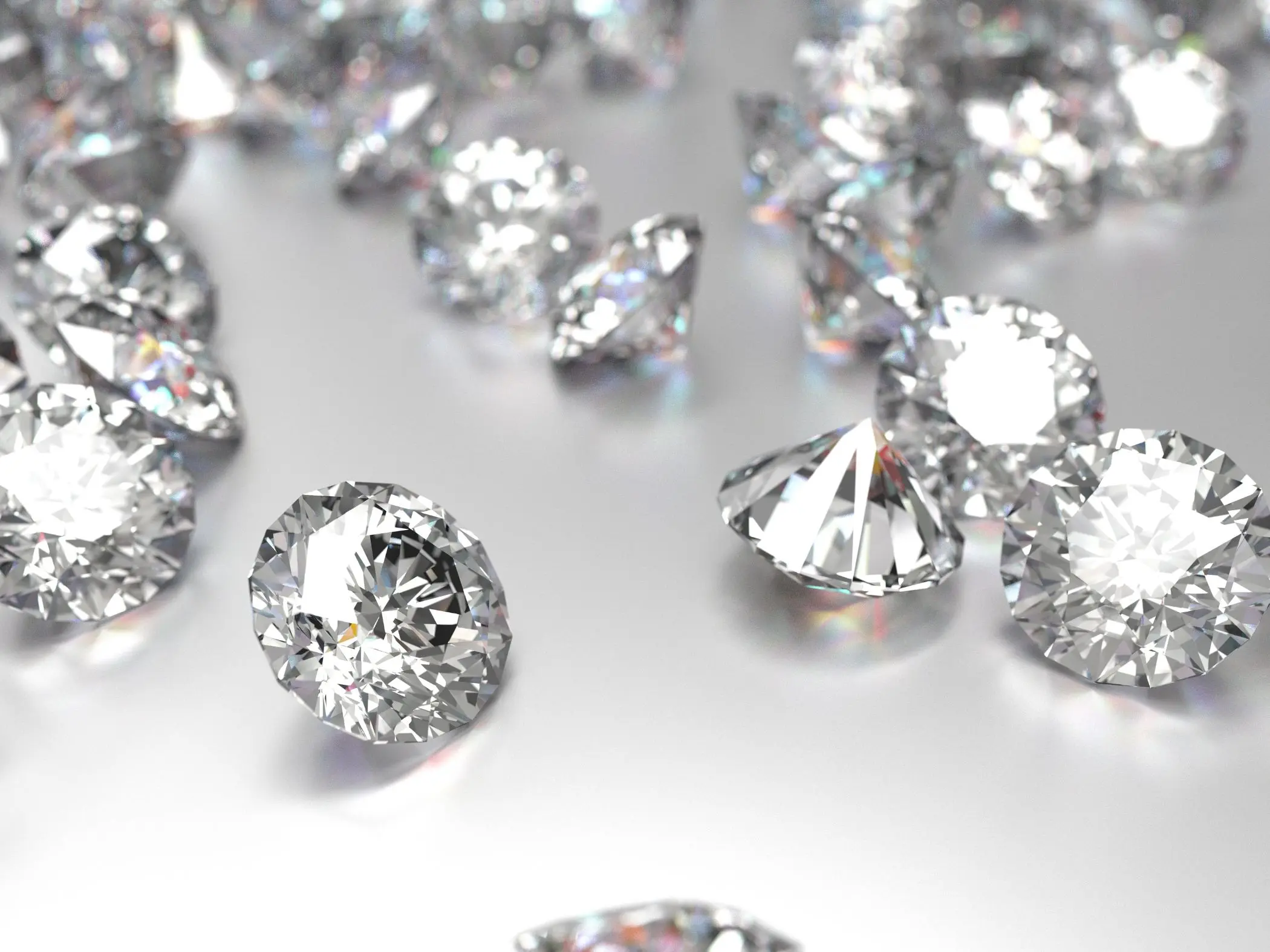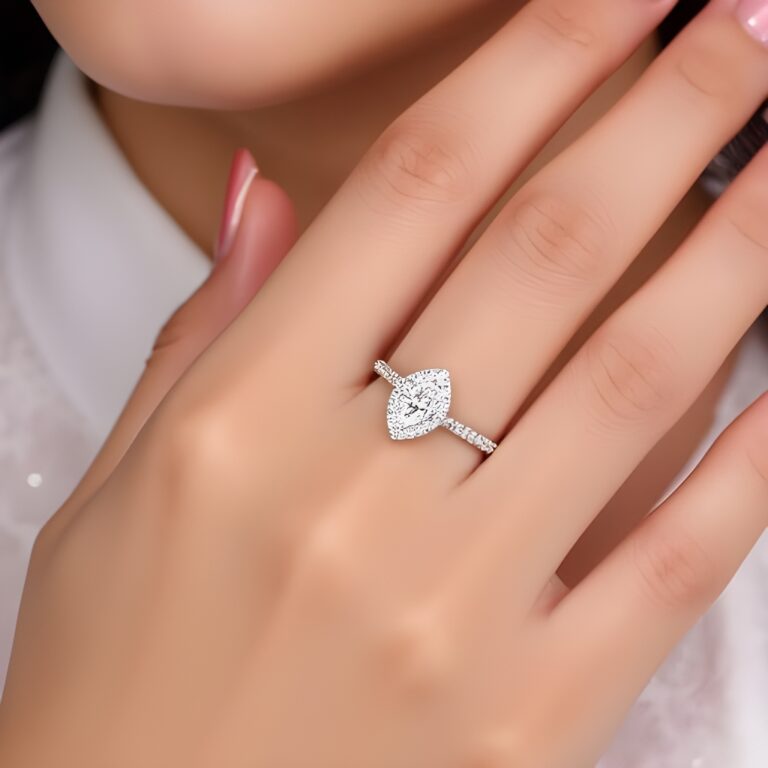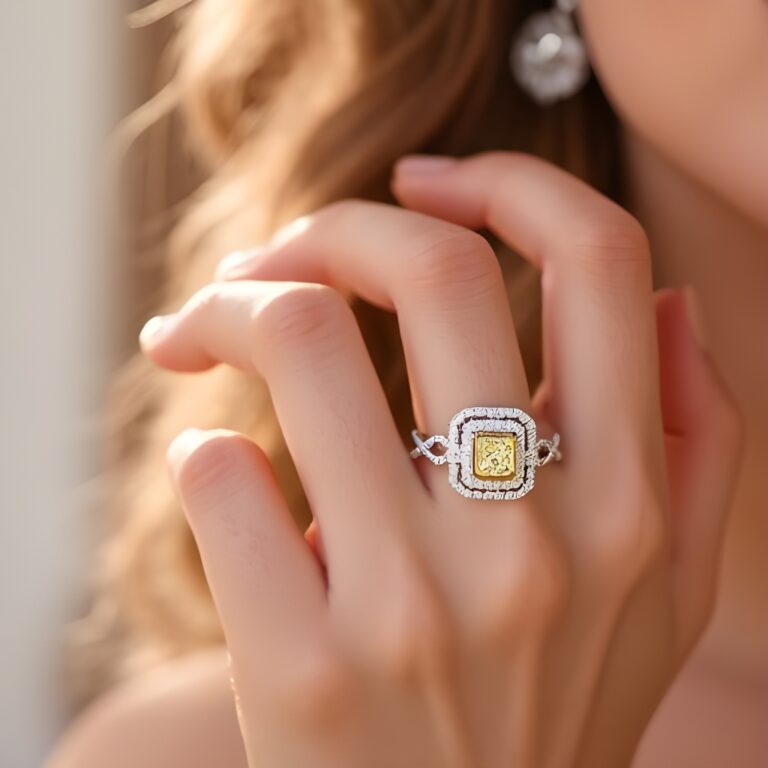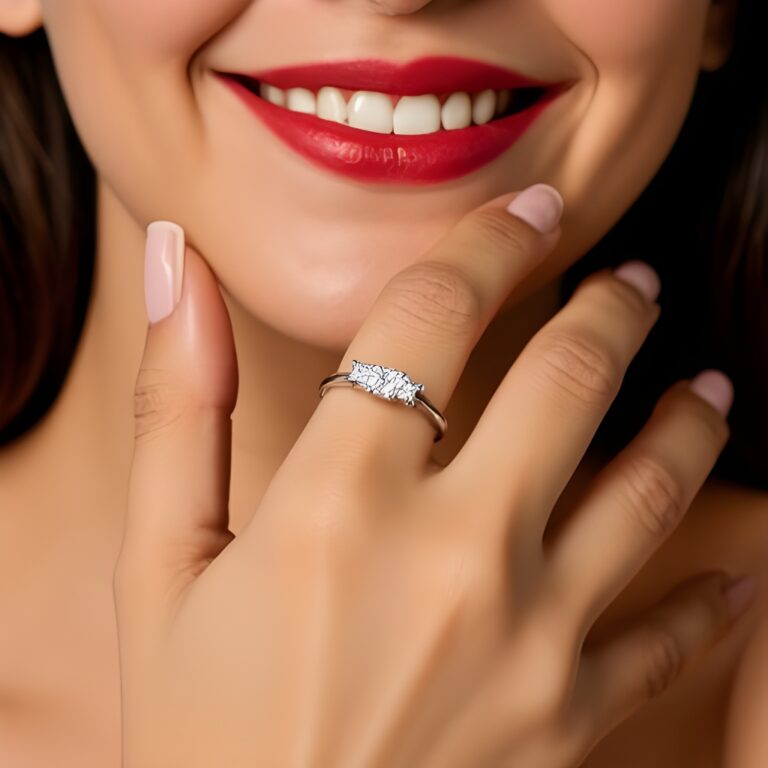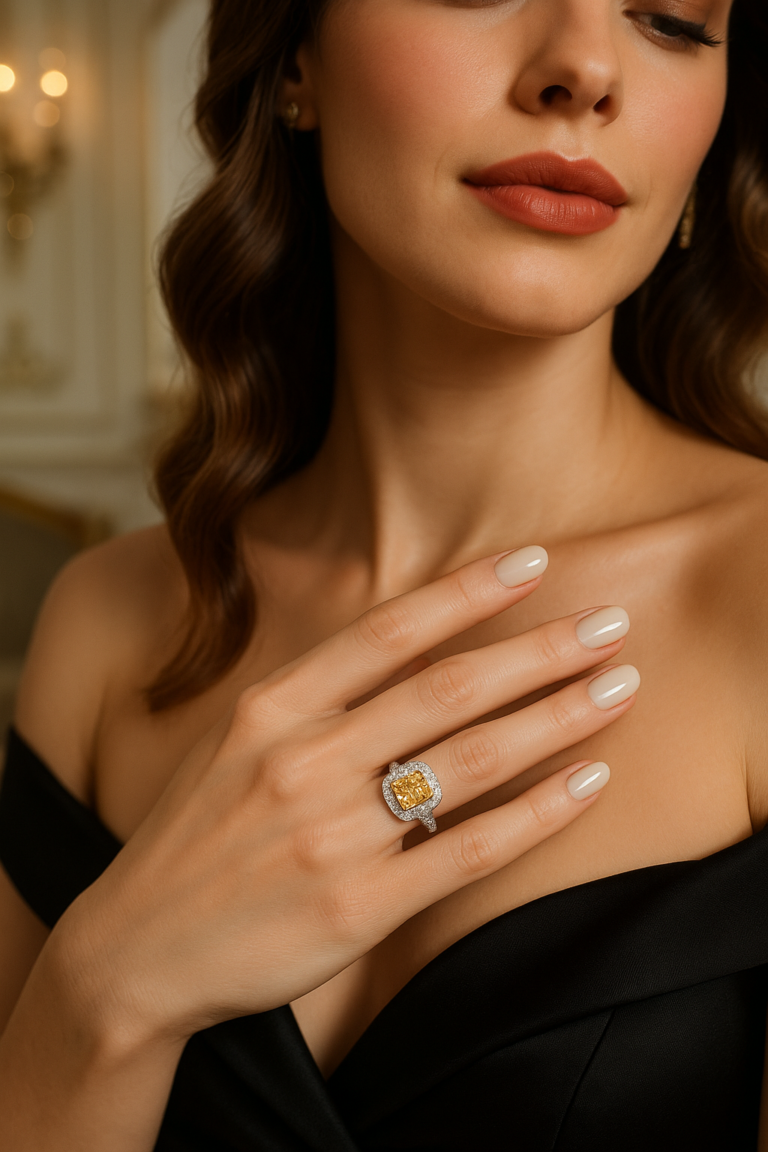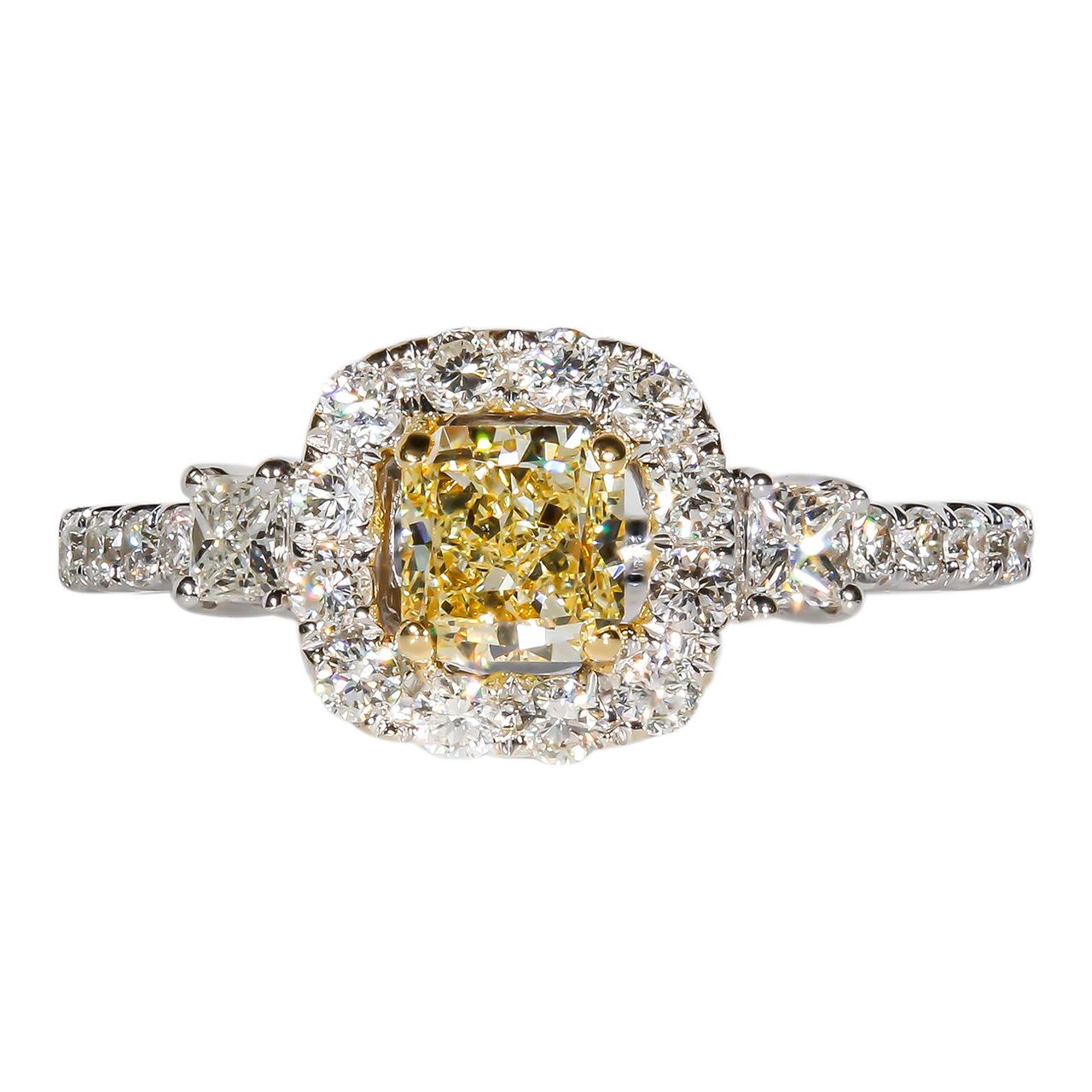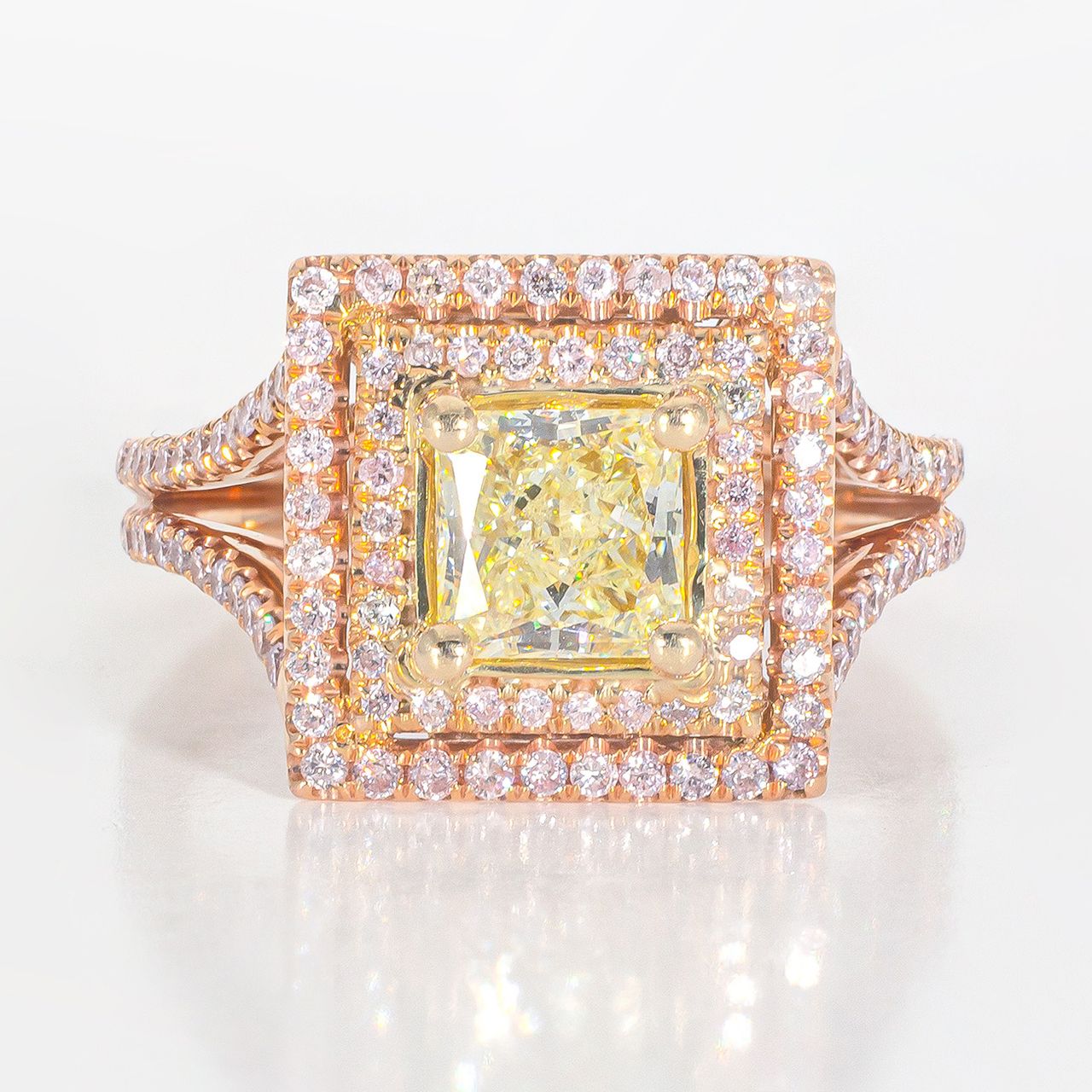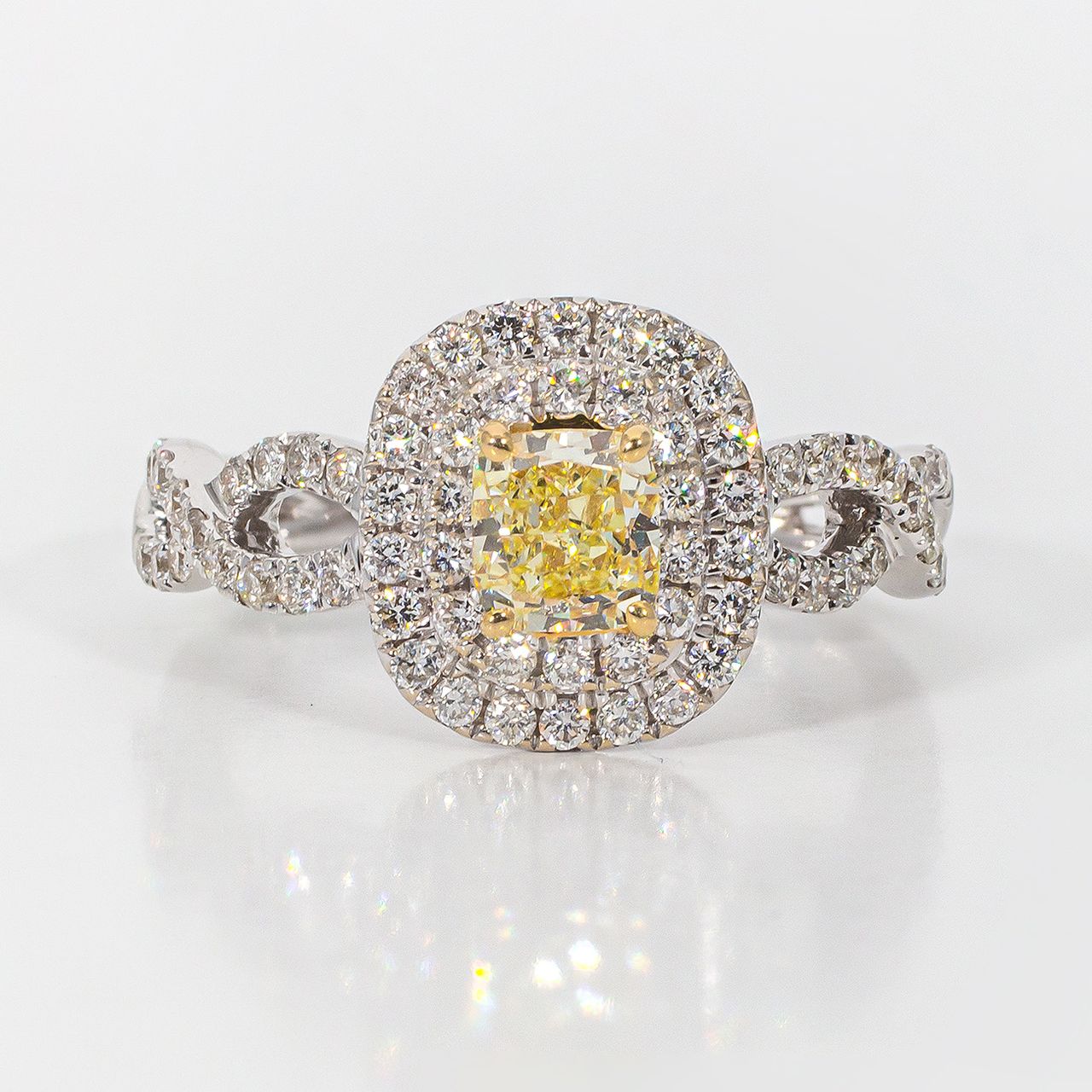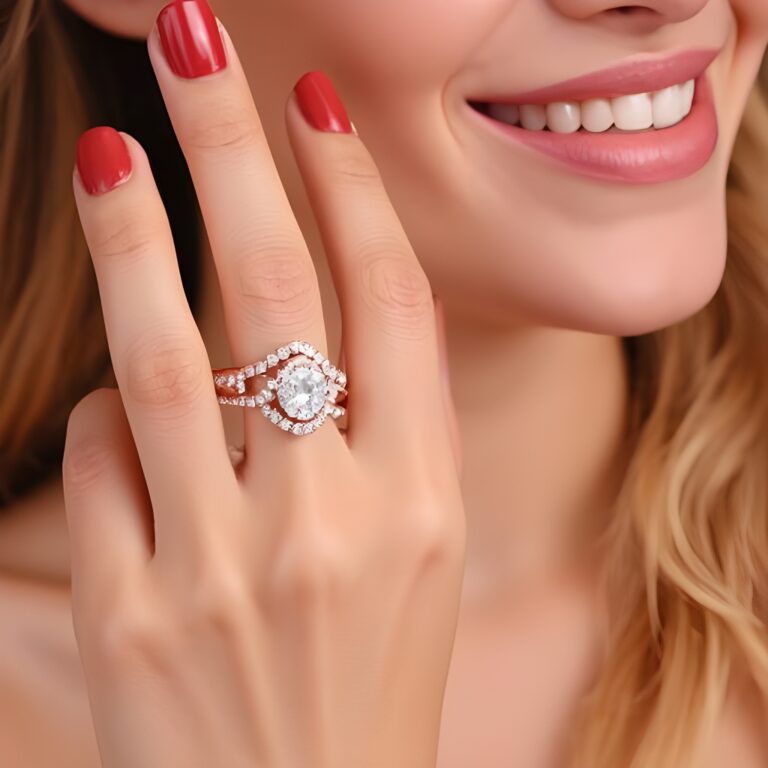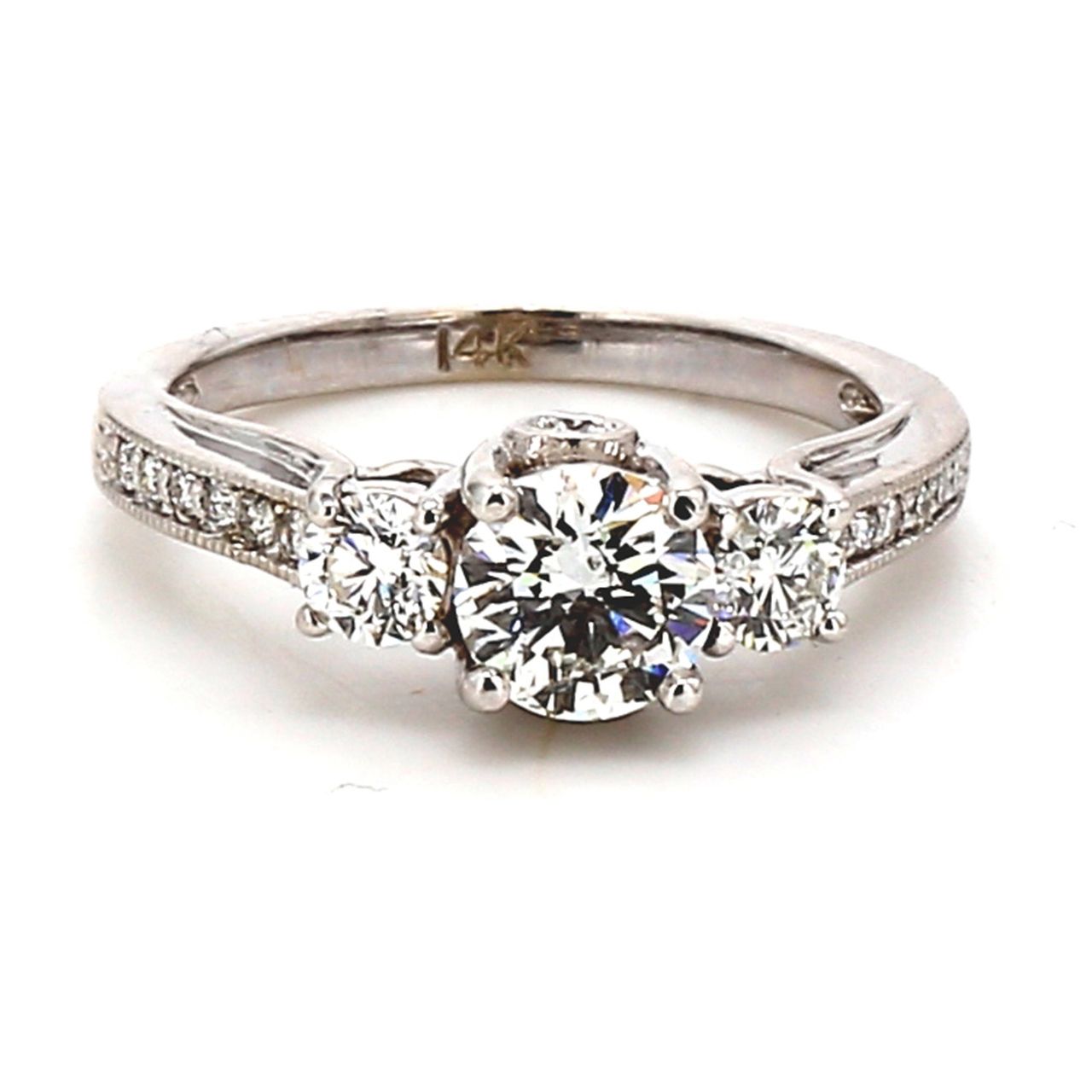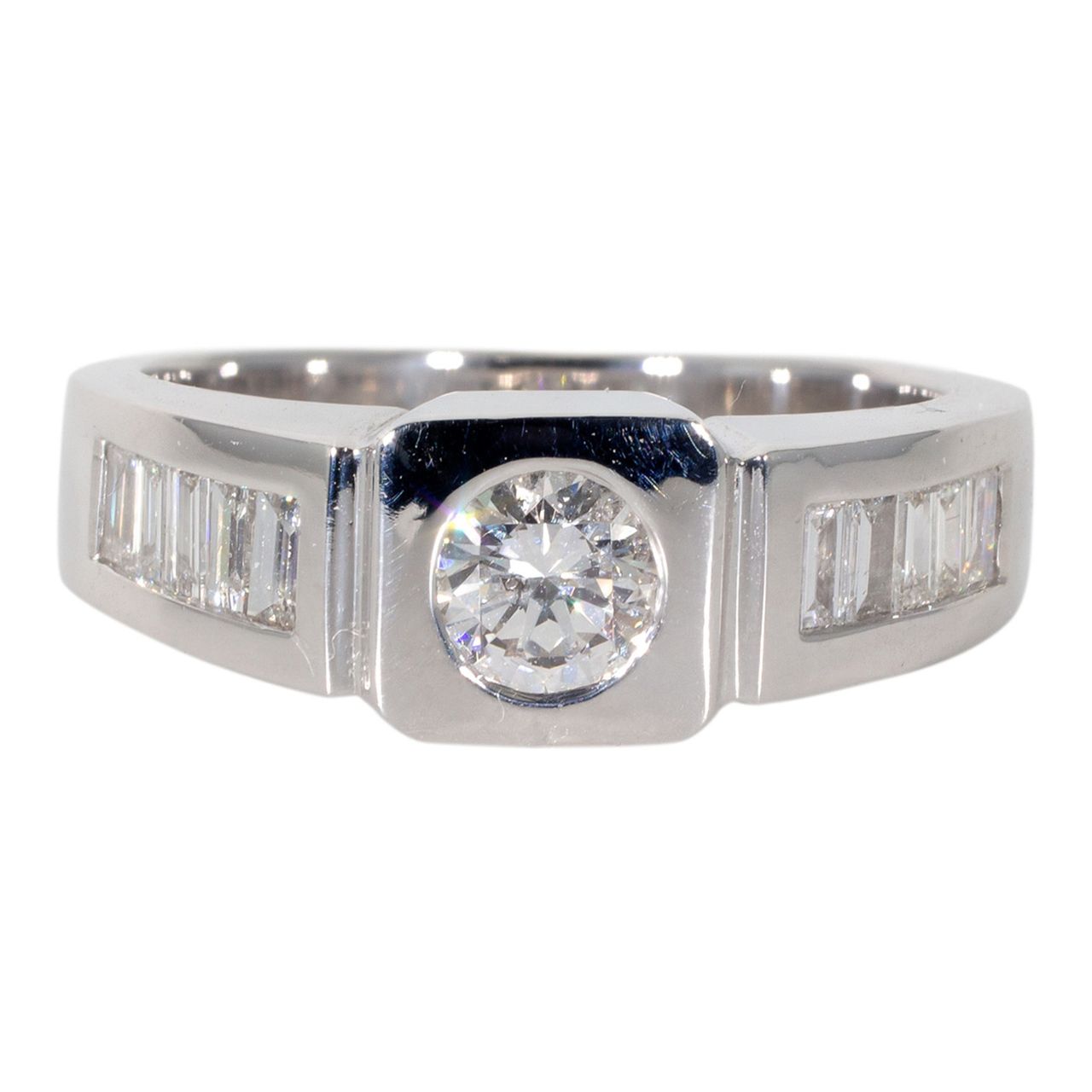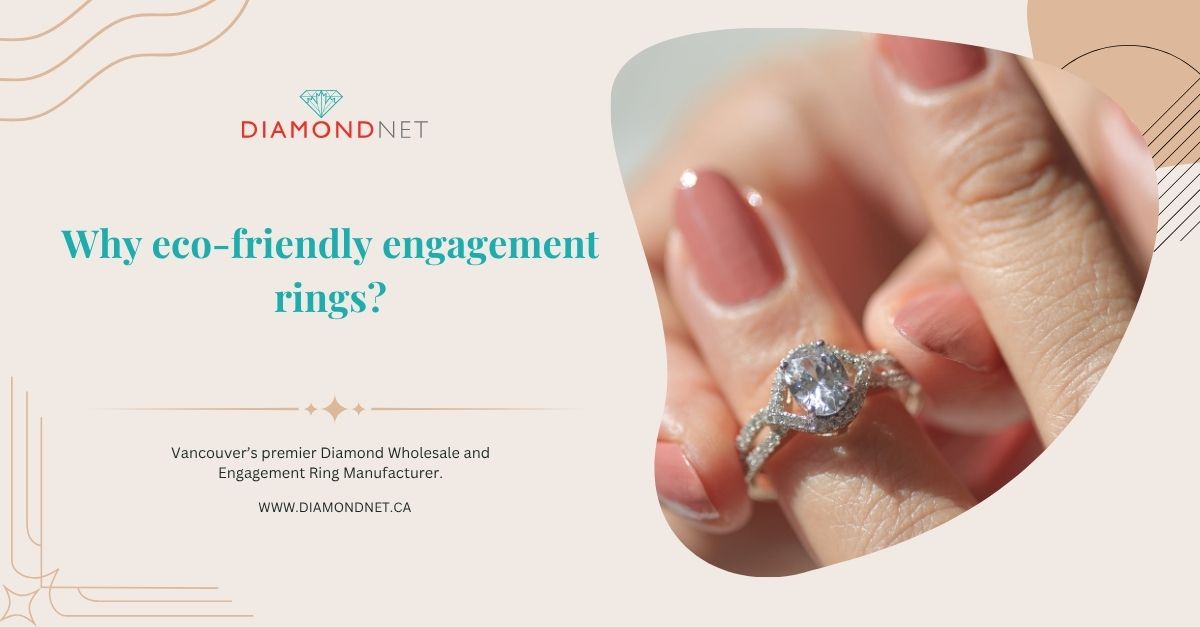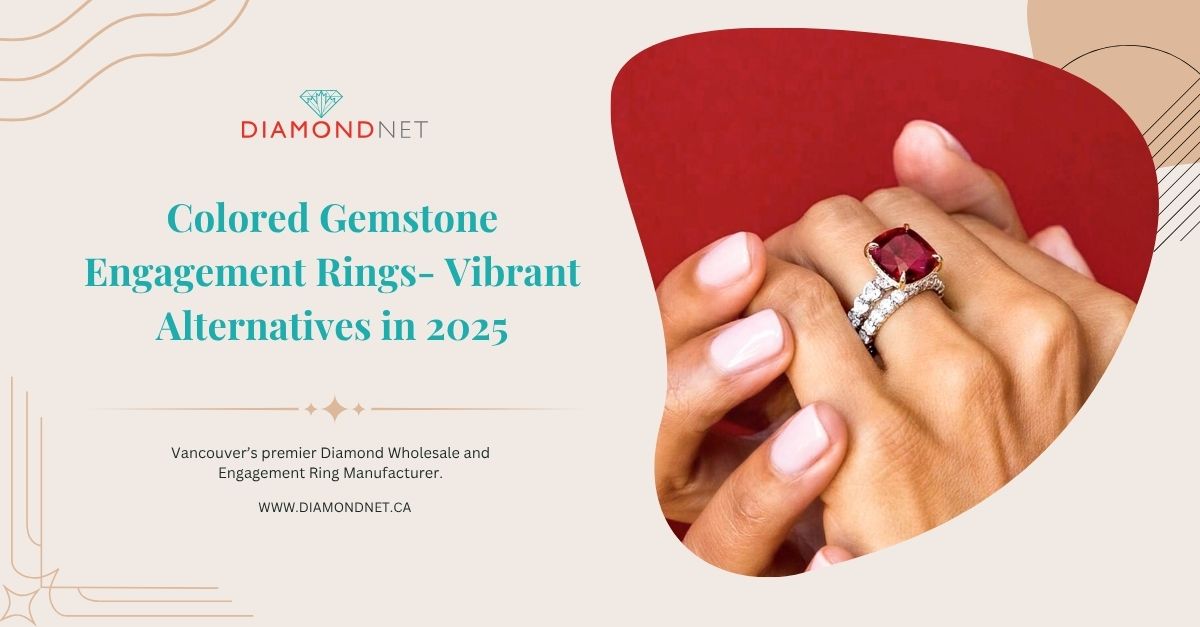What is the Diamond Color Scale?
Color Grading from D to Z
The diamond color scale ranges from D to Z, with D representing the completely colorless diamond and Z indicating noticeable yellow or brown tints. Diamonds closer to the D end of the scale are considered superior in color, often leading to a higher price.
Why Colorless Diamonds Are More Valuable
Colorless diamonds are generally more desirable due to their rarity and exceptional brilliance. The absence of color allows the diamond's facets to interact with light more effectively, resulting in a dazzling display of sparkle. This increased brilliance and perceived rarity contribute to the higher value of colorless diamonds.
How Diamond Color Affects Appearance
While slight color differences may not be readily apparent to the untrained eye, they can still impact a diamond's overall appearance. Even subtle yellow or brown tints can affect the diamond's brilliance and clarity. Understanding the diamond color scale helps you choose a stone that compliments your skin tone and personal preferences, ensuring you select a diamond that truly shines.
Popular Diamond Colors Explained
Pink Diamonds
Known for their romantic and feminine appeal, pink diamonds are highly sought after and can be pretty rare.
Yellow Diamonds
Offering a warm and sunny glow, yellow diamonds are a popular choice for those seeking a unique and vibrant color.
Green Diamonds
Green diamonds are a unique and eye-catching option, often associated with nature and renewal.
Black Diamonds
Black diamonds have gained popularity recently with their modern and edgy appeal.
Ready to find your perfect diamond? Visit DiamondNet today and explore our exquisite collection of engagement rings, wedding bands, and loose diamonds. Our expert team is dedicated to providing personalized guidance and exceptional service.
Common Diamond Colors and Their Appeal
Colorless (D-F)
D-F diamonds are considered the purest, most colorless diamonds available. They offer exceptional brilliance and clarity, making them highly desirable and often more expensive.
Near Colorless (G-J)
G-J diamonds are nearly colorless and offer excellent value. While a slight yellow or brown tint may be visible under certain lighting conditions, they still exhibit remarkable brilliance and are a popular choice for many.
Faint (K-M)
Faint-color diamonds have a more noticeable yellow or brown tint, especially in larger stones. They are often more affordable and can still be quite beautiful, especially when paired with a specific setting or design.
Very Light (N-R)
Diamonds in this range have a more pronounced yellow or brown tint, which can be noticeable in certain lighting conditions. They are often chosen for unique or budget-conscious options and can offer a distinctive and personal touch.
Light (S-Z)
Diamonds in the S-Z range have a stronger yellow or brown tint. They are typically used in specific designs or settings where the color can be incorporated into the overall aesthetic.
The Impact of Diamond Color on Price
Premium for Colorless Diamonds
Colorless diamonds, especially those closer to the D color, are highly valued due to their exceptional brilliance and rarity. This premium pricing reflects their superior appearance and desirability.
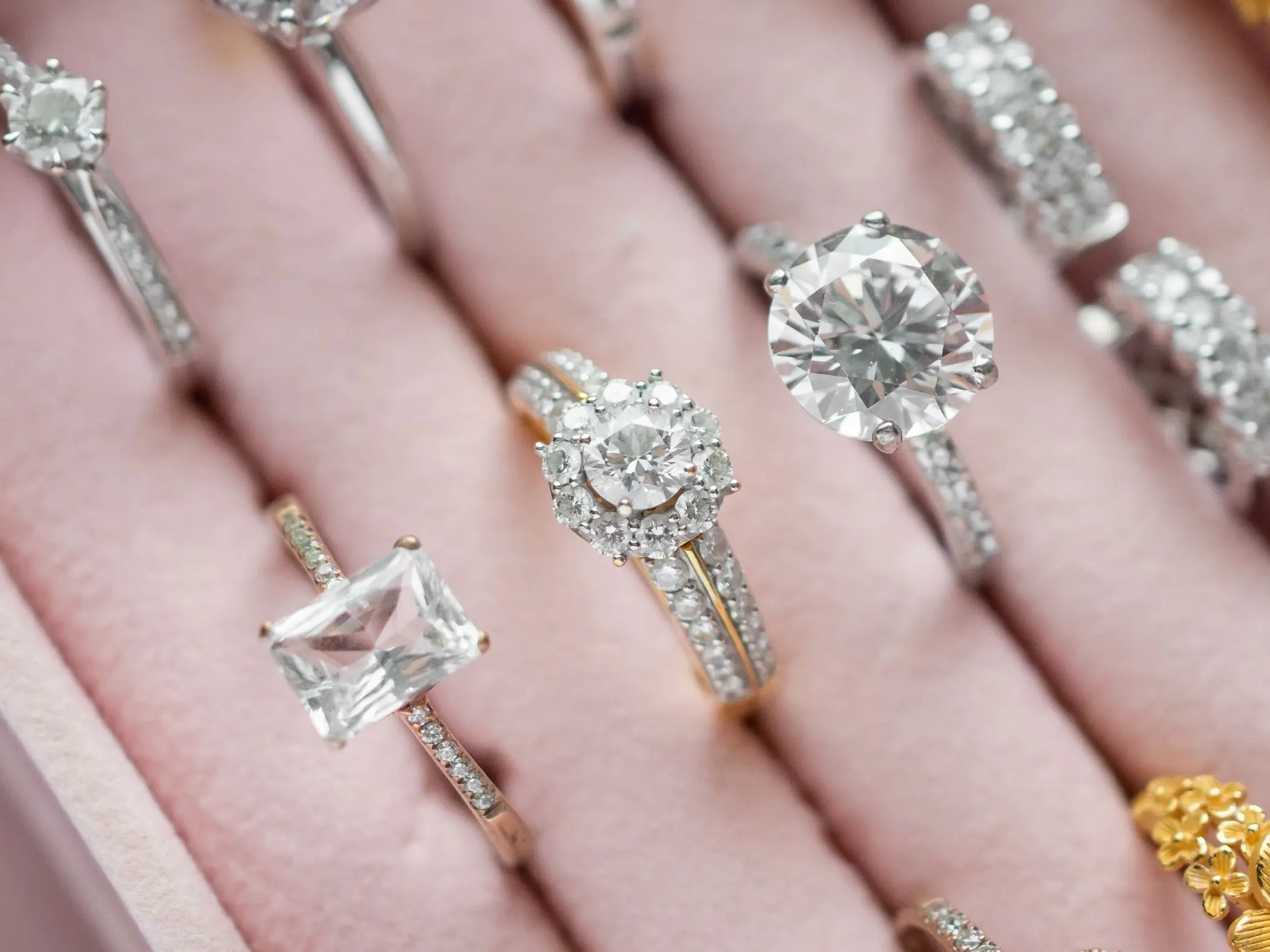
Value in Near Colorless and Faint Colors
While colorless diamonds are the most valuable, near-colorless and faint color diamonds offer excellent value without significant compromise in appearance. These diamonds often exhibit minimal color that is only noticeable under careful inspection.
Balancing Color with Budget
The choice of diamond color depends on your budget and personal preference. If you prioritize a completely colorless diamond, be prepared to invest more. However, near-colourless or faint colour diamonds can offer a beautiful and affordable option.
Remember, the diamond color scale is just one factor to consider when choosing a diamond. Cut, clarity, and carat weight also play significant roles in determining the stone’s overall value and beauty.
Find Your Perfect Diamond Cut Today
How to Choose the Best Diamond Color for You
Consider the Setting
The metal setting can enhance or diminish the appearance of a diamond's color. For example, white gold can make yellow or brown tints more noticeable, while yellow gold can complement faint color diamonds.
Personal Preference vs. Perception
Offering a warm and sunny glow, yellow diamonds are a popular choice for those seeking a unique and vibrant color. Ultimately, your personal preference plays the most significant role in choosing a diamond color. What might appear as a noticeable color to one person may be barely perceptible to another. Additionally, how a diamond's color appears can change depending on the lighting conditions.
Balancing Color with the 4 Cs
While color is an important factor, the other four Cs (cut, clarity, carat weight, and carat) must also be considered when choosing a diamond. A well-cut diamond with excellent clarity can often mask slight color variations, making it a more valuable and beautiful stone.
Remember, the best diamond color is the one that complements your skin tone, personal style, and budget. By carefully considering these factors, you can select a diamond that truly shines and reflects your individuality.
Certified Color Grading
Understanding Diamond Color Certification
A diamond color certificate issued by a reputable laboratory accurately assesses the diamond's color grade. These certificates are essential for ensuring the quality and value of your diamond.
Trusted Certification Bodies
The Gemological Institute of America (GIA) and the American Gem Society (AGS) are two of the diamond industry's most trusted and respected organizations. They employ experienced gemologists who use advanced technology to accurately grade diamonds based on color, cut, clarity, and carat weight.
When purchasing a diamond, look for a certificate from a reputable laboratory to ensure you get a genuine and high-quality stone.
What Makes a Diamond's Color Stand Out?
The cut of a diamond is one of the most critical factors in determining its beauty and value. A well-cut diamond maximizes its brilliance and fire, making it sparkle and shine. Understanding the key characteristics of a well-cut diamond can help you select the perfect stone for your needs.
Color Consistency
A diamond's color should be consistent throughout the stone without noticeable variations. This ensures a uniform and pleasing appearance.
Minimal Tint
Colorless diamonds have little to no yellow or brown tint. Because of this, they tend to be more brilliant and, of course, more beautiful. A diamond with a minimal tint can show off its facets, interacting with light much better and thus creating a dazzling display.
Interaction with Light
The color of a diamond should match its cut and clarity so that it reflects light as best as possible. A well-cut diamond with a minimal color will maximize its brilliance and sparkle.
Fit with Setting
The metal setting can influence the perception of a diamond's color. For example, yellow gold can enhance the warmth of a faint yellow diamond, while white gold can emphasize its clarity.
Certified Color Grade
A certified color grade from a reputable laboratory ensures that the diamond's color has been accurately assessed. This provides peace of mind and helps you make an informed decision.
Key Factors in Diamond Color Grading
The cut of a diamond is one of the most critical factors in determining its beauty and value. A well-cut diamond maximizes its brilliance and fire, making it sparkle and shine. Understanding the key characteristics of a well-cut diamond can help you select the perfect stone for your needs.
Color Absence
The closer a diamond is to colorless, the higher its grade. A diamond with no visible color is considered the most valuable, with D being the highest grade on the scale.
Grading Scale (D to Z)
Diamonds are graded from D (colorless) to Z (visible yellow or brown). The closer a diamond is to the D end of the scale, the more valuable it becomes.
Impact of Fluorescence
Fluorescence is the diamond's reaction to ultraviolet rays by emitting light in the form of glowing. While it can sometimes add to a diamond's whiteness, it can also affect its color, especially in lower-grade diamonds.
Lighting Conditions
Diamond color can appear different under various lighting conditions. Grading laboratories use standardized lighting to ensure accurate color assessments.
Certification and Consistency
A color grade by an independent laboratory, such as GIA or AGS, certifies that the diamond color has been appropriately assessed under standard conditions. Thus, it instills confidence in the diamond's quality and value.
4 Things to Know About Diamond Color
Diamond cut is a significant factor in determining a diamond’s price. A well-cut diamond can significantly enhance its brilliance and value, while a poorly cut diamond can diminish its appeal. Understanding how diamond cut influences price can help you make informed decisions when purchasing a diamond.
Colorless Diamonds Are Most Valuable
Diamonds graded D to F are colorless and highly prized for their purity and exceptional brilliance. Due to their rarity and desirability, they command a premium price.
Near-Colorless Diamonds Offer Great Value
G-J diamonds are nearly colorless and offer excellent value without significant compromise in appearance. They are a popular choice for those seeking a beautiful diamond at a more affordable price.
Metal Setting Affects Perception
The metal setting can influence the perception of a diamond's color. For example, yellow gold can enhance the warmth of a faint yellow diamond, while white gold can emphasize its clarity.
Certification Ensures Accuracy
A certified color grade from a reputable laboratory, such as the GIA or AGS, ensures that the diamond's color has been accurately evaluated. This provides confidence in the quality and value of the diamond.
